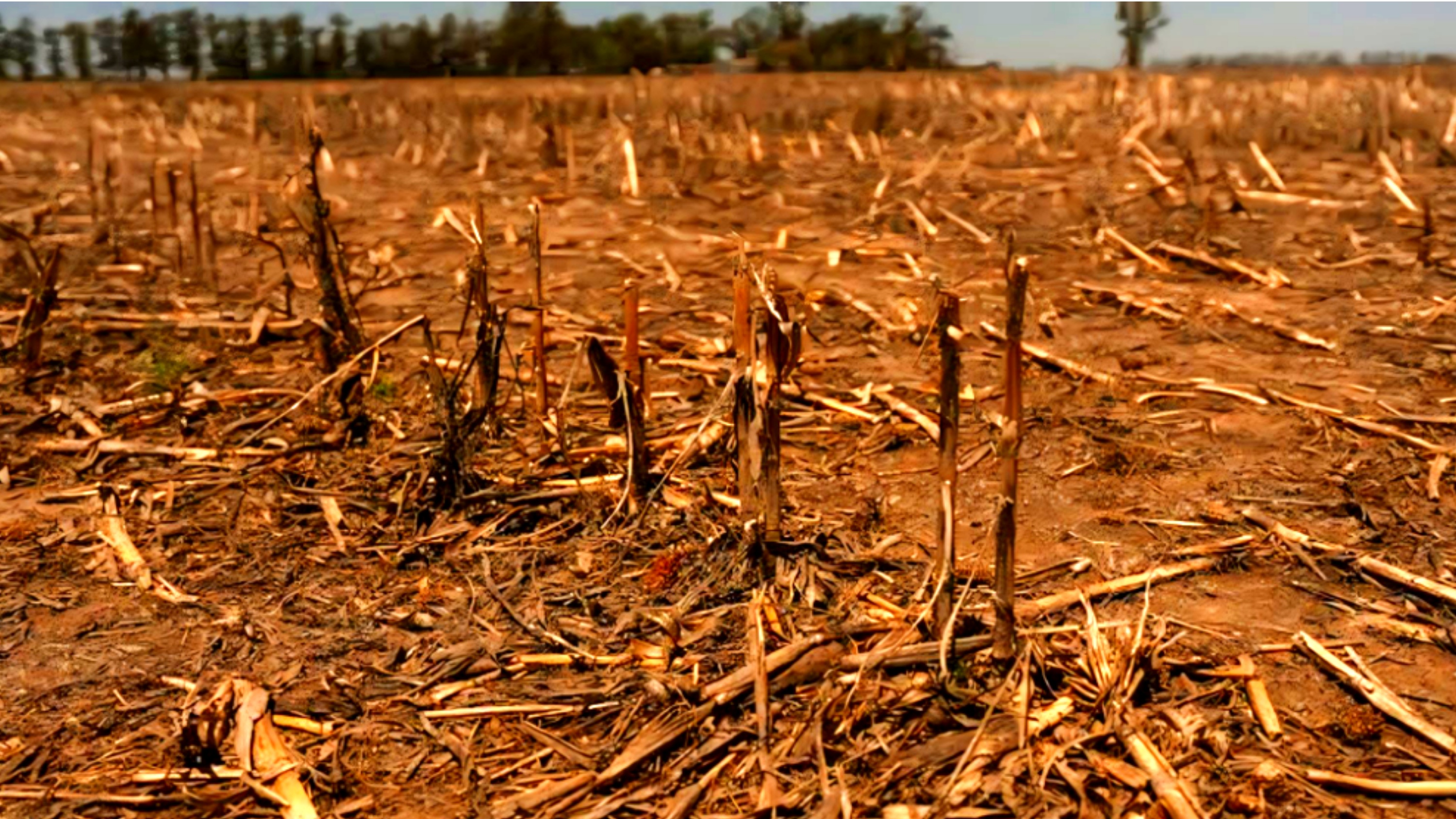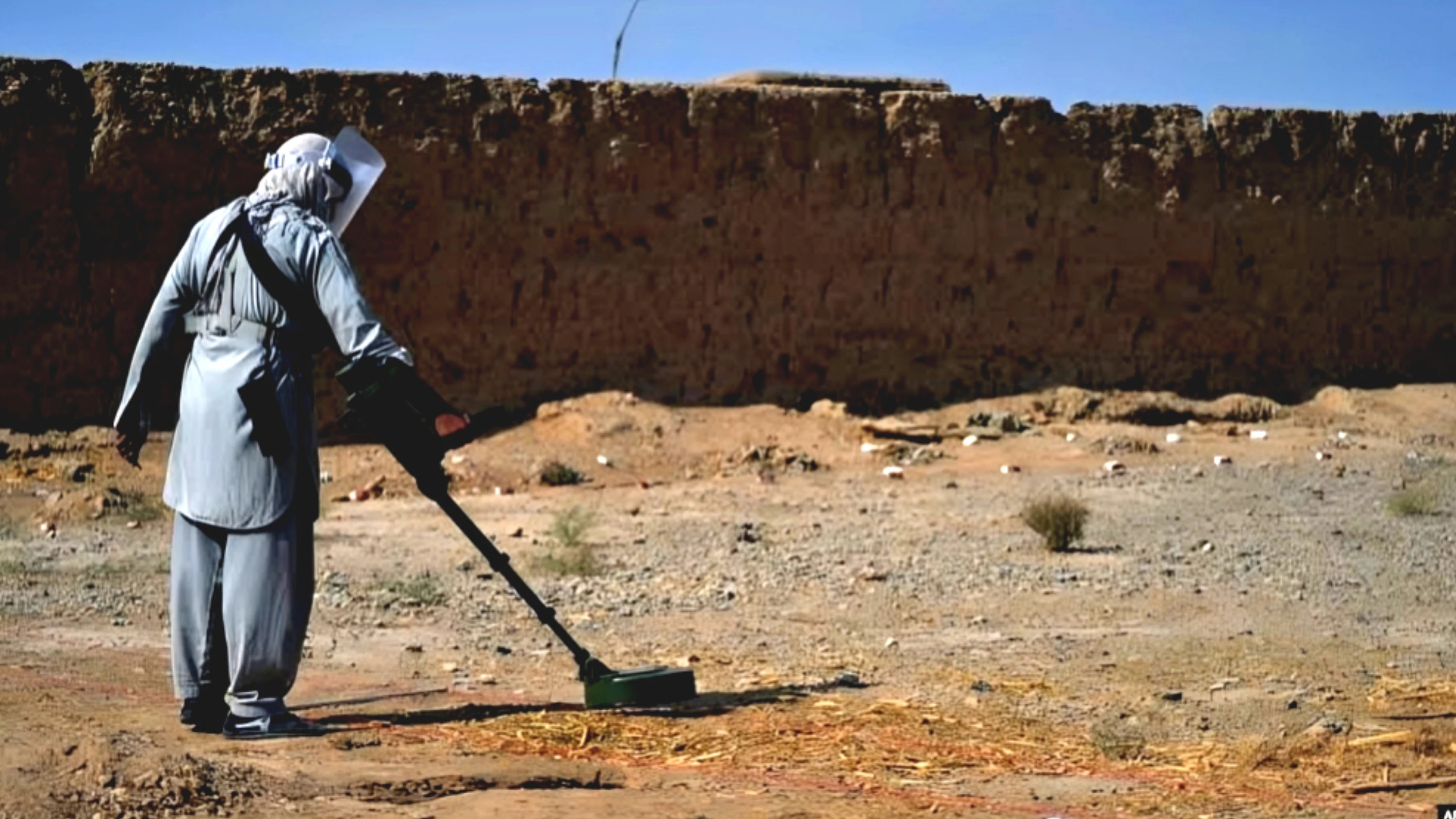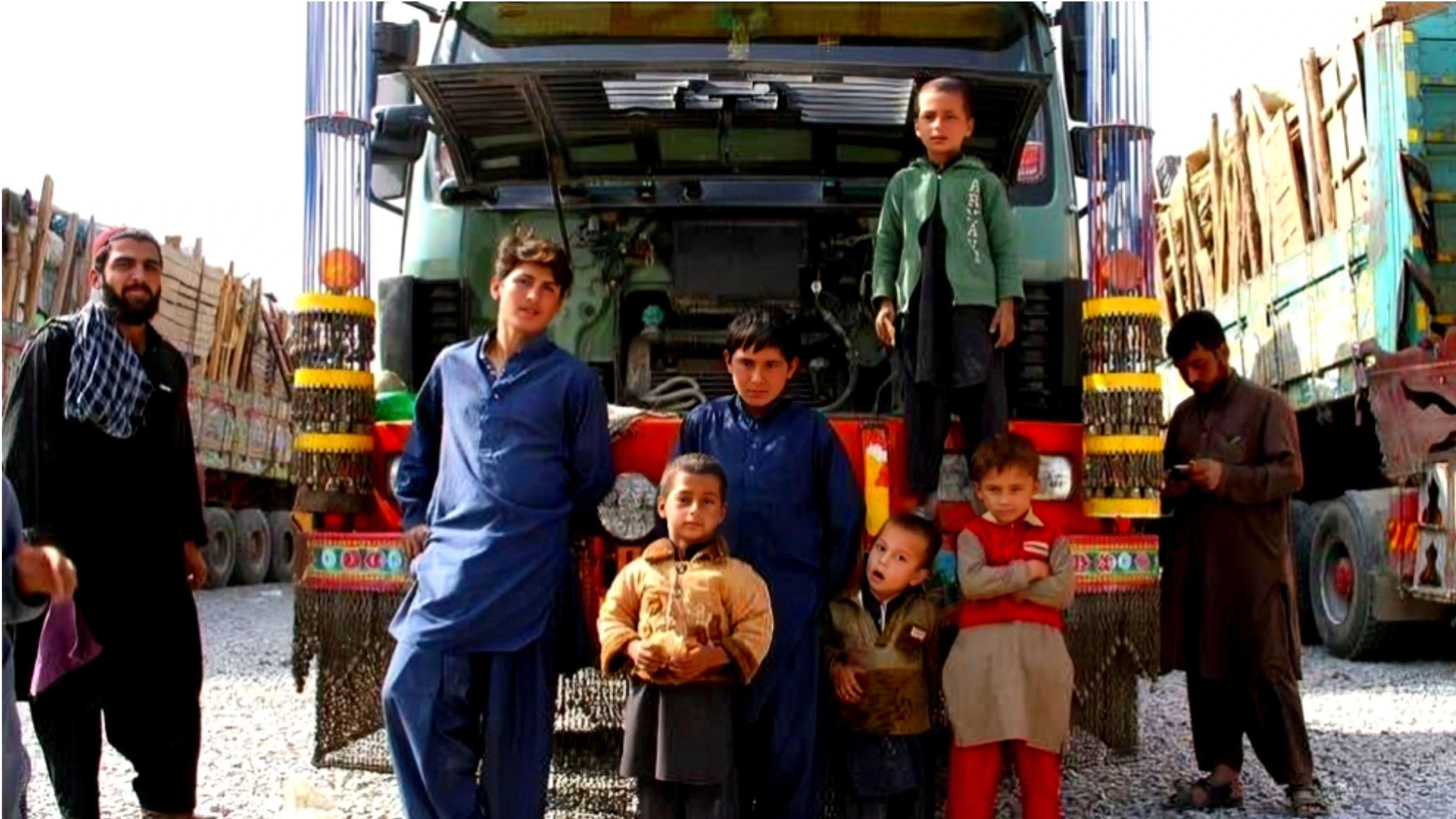Report: A recent United Nations report warns that violent weather patterns, worsened by climate change, have intensified food insecurity and hunger across Latin America and the Caribbean in 2023.
The findings, published by UN agencies including the World Food Program (WFP), highlight how extreme weather events have driven up food prices and disproportionately affected vulnerable rural communities.
The El Niño phenomenon, combined with rising global temperatures, led to droughts and excessive heat that impacted key crops like corn in countries such as Argentina, Mexico, Nicaragua, and the Dominican Republic. In Ecuador, severe rainfall caused dramatic spikes in wholesale food prices, increasing costs by 32% to 54%.
Despite the presence of social safety nets, the report emphasizes that poorer populations remain highly susceptible to food insecurity, particularly in rural areas. “The shocks are getting much more extreme,” noted Lola Castro, WFP’s regional director for Latin America and the Caribbean. She linked the intensifying climate events to a rise in food insecurity and undernutrition in the region.
A 2020 study referenced in the report revealed that 36% of small farms surveyed in Honduras and Guatemala experienced periodic food shortages due to extreme weather.
According to Ivy Blackmore, a researcher at the University of Missouri, rural farmers often lack resources to recover from poor harvests. In Ecuadorian farming communities, prolonged rains have caused severe soil erosion, forcing farmers to cultivate nearby grasslands. While this offers temporary solutions, it ultimately exacerbates environmental degradation.
The report also highlights how rising food prices are pushing consumers toward cheaper, less nutritious ultra-processed foods, contributing to increasing rates of obesity. Latin America now faces the world’s highest cost for healthy diets.
One potential solution lies in traditional crops and farming methods. Quinoa and drought-resistant Andean root vegetables such as mashua and melloco offer healthier alternatives that are also more resilient to climate shocks. “Many Andean cereals are heavily drought-resistant,” said Castro, adding that efforts are underway to reintroduce these traditional foods to smallholder farmers.
Traditional Andean farming techniques, such as terracing, may also serve as a model for sustainable agriculture. According to Carlos Andres Gallego-Riofrío, a researcher from the University of Vermont, these methods conserve soil moisture and fertility.
In Caliata, a rural community in Ecuador, traditional diets centered around tubers, beans, barley, and locally grown produce contribute to low rates of chronic diseases. Unlike urbanized areas, processed foods and sugary drinks are largely absent from their diets. “There’s so much to learn from Andean traditional systems,” Gallego-Riofrío stated, emphasizing their potential to improve both environmental and human health outcomes.
The report concludes that leveraging traditional knowledge and practices could play a critical role in mitigating the impact of climate change on food security in Latin America and beyond.








